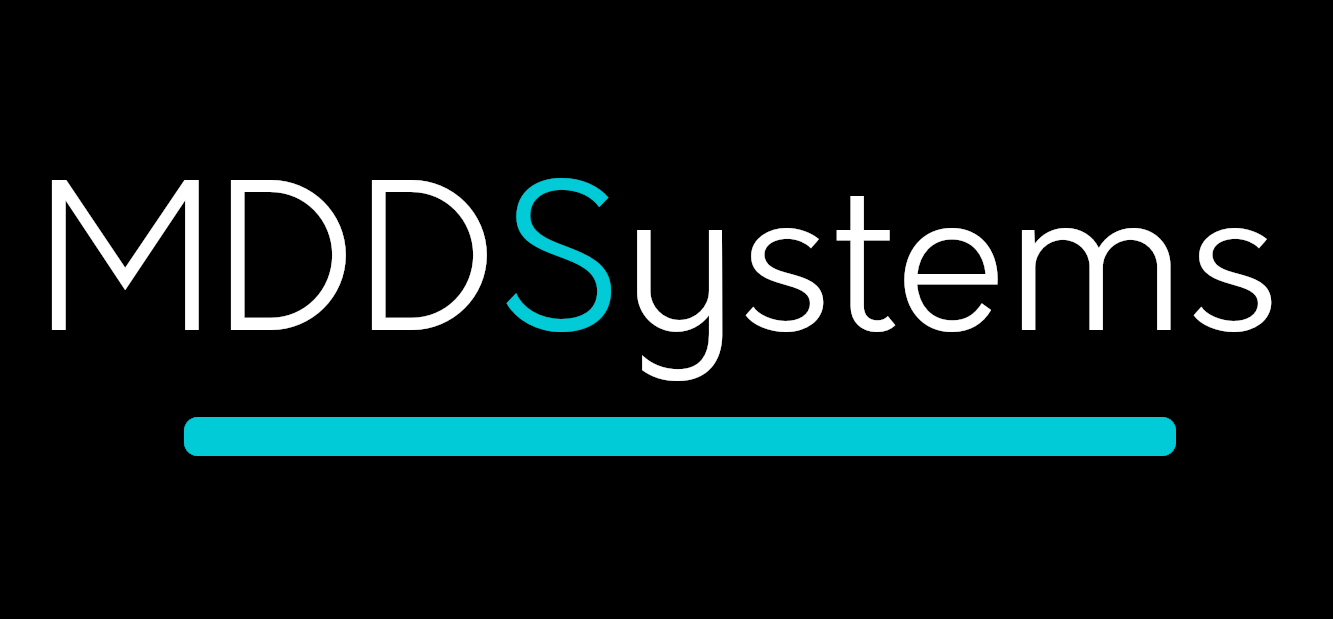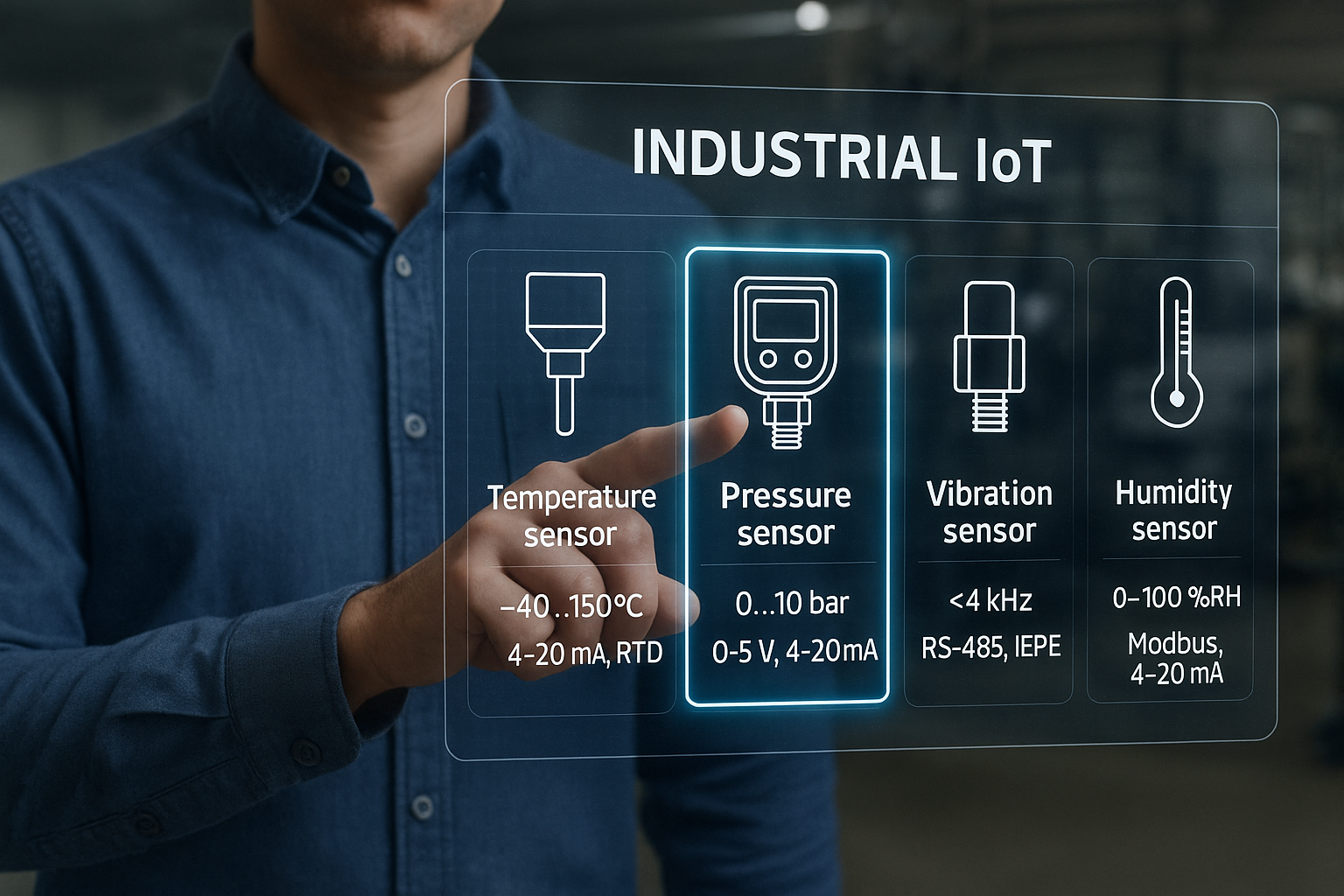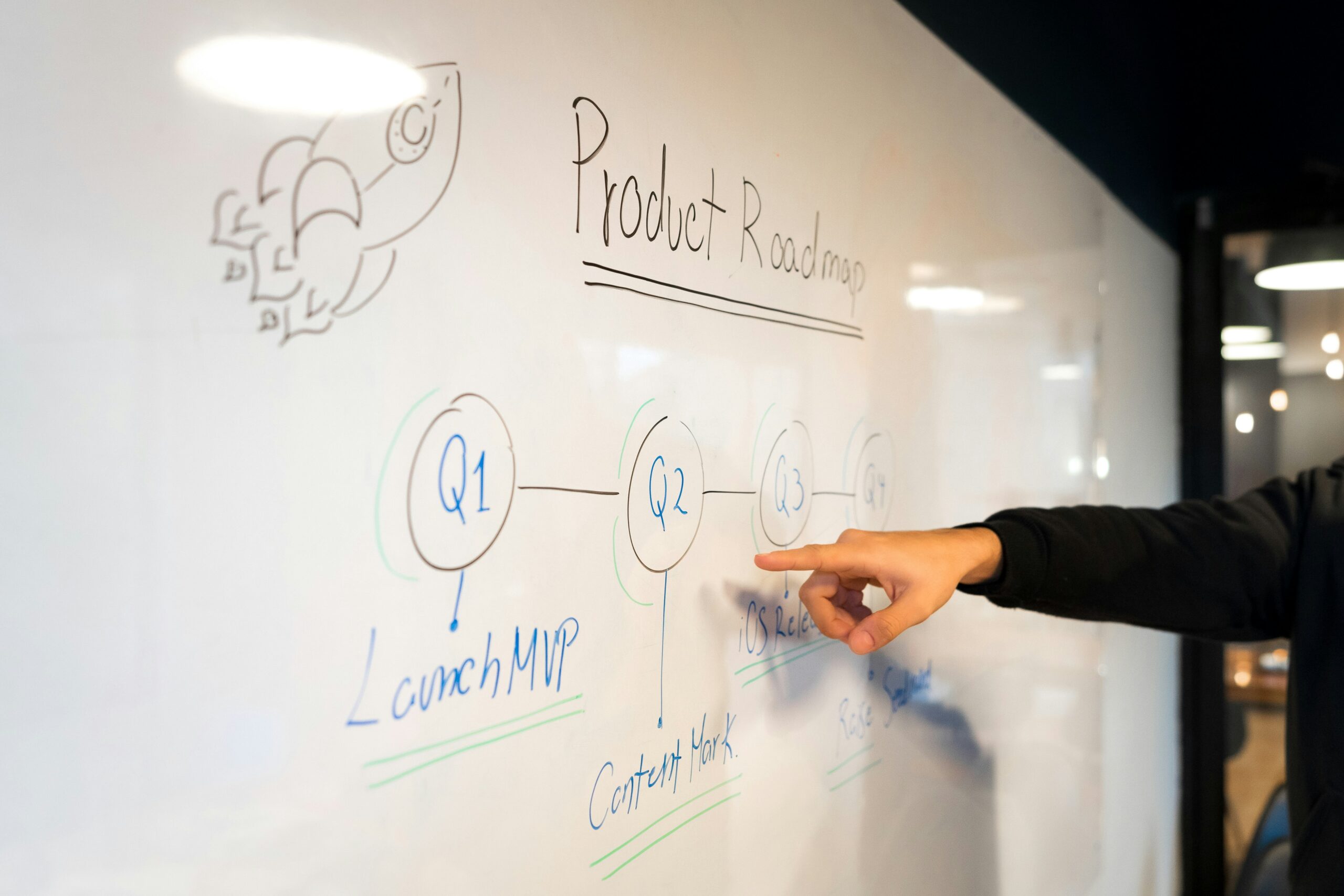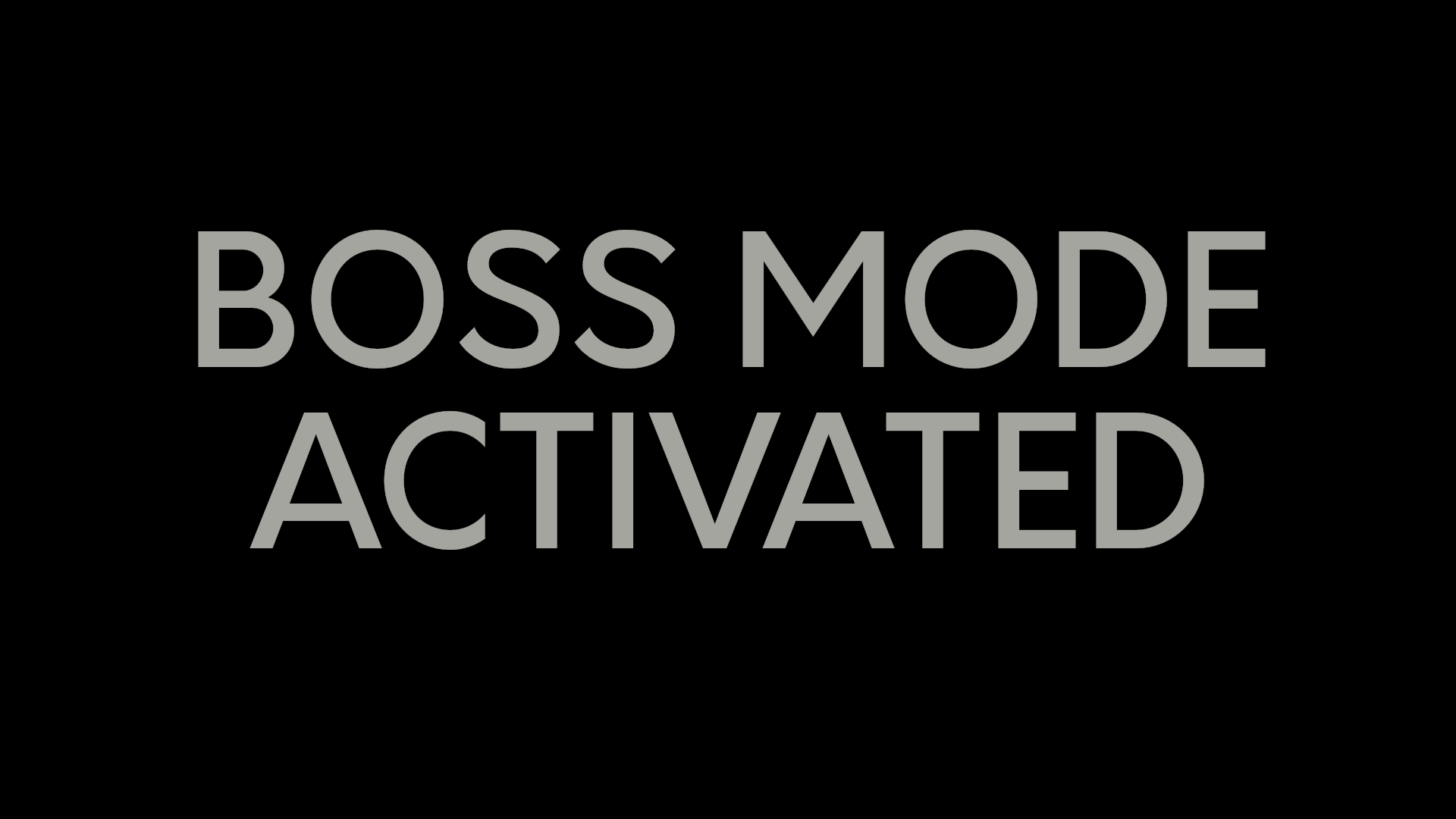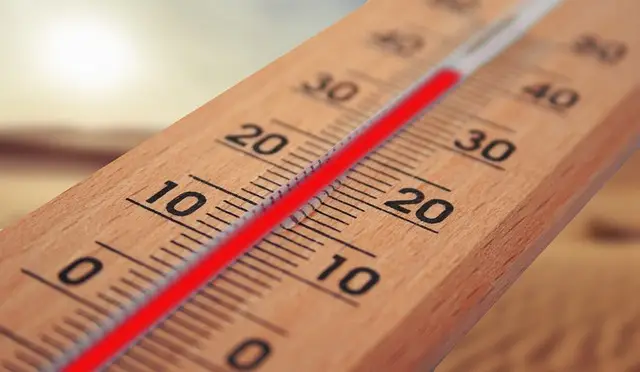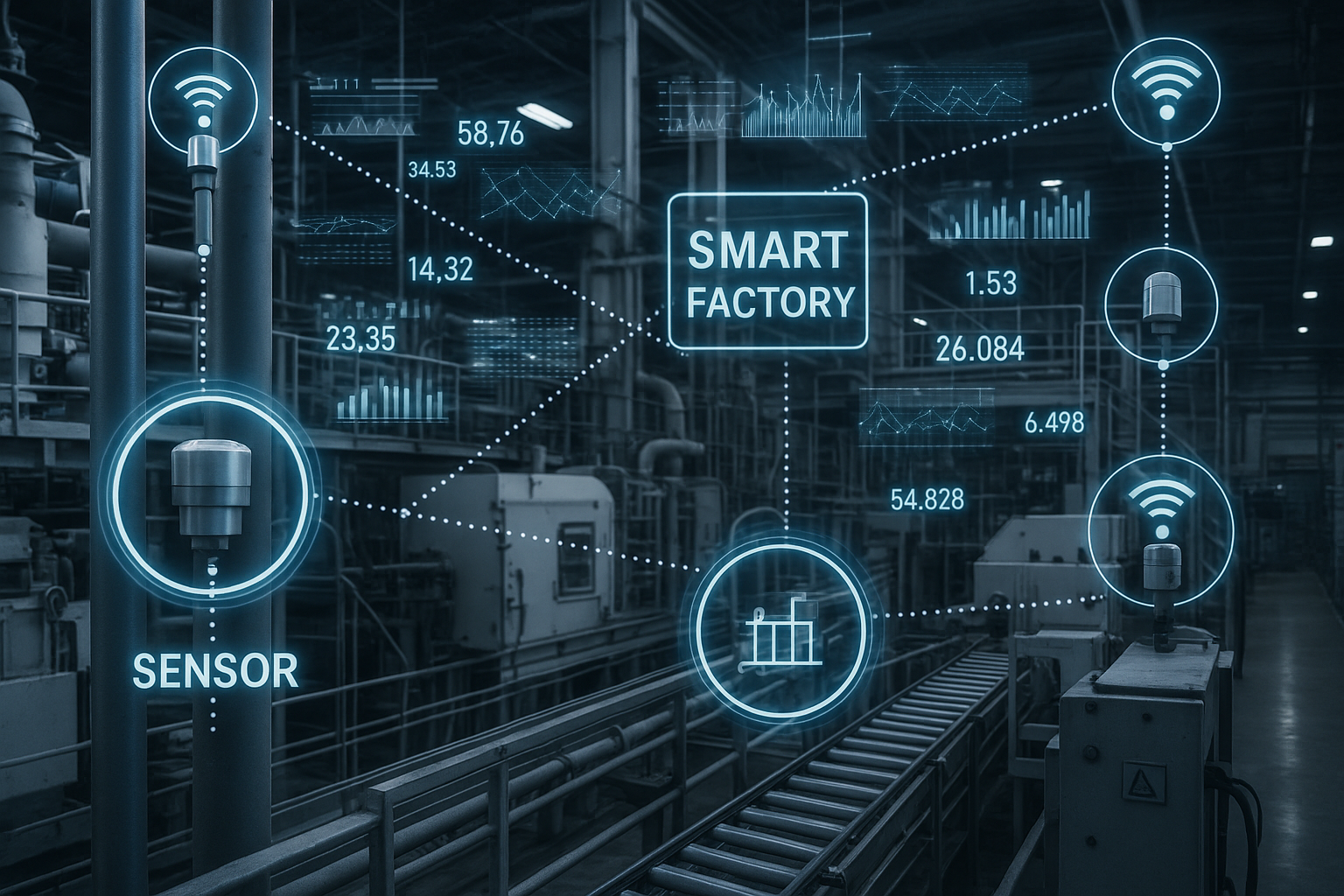
From Basics to IIoT Applications
Series Overview
This coming blog series will guide you from fundamental sensor concepts through advanced IIoT applications, providing a complete journey for those new to sensor technology. Note I will only discuss sensors with electrical outputs which can be connected to a data logger or data acquisition unit.
Part 1: Introduction to Sensors
What Are Sensors?
Foundation concepts:
A sensor is a device that detects changes in the environment and converts this into electrical signals that can be measured and processed. Sensors function as the “eyes and ears” of electronic systems, enabling them to perceive and respond to the physical world.
Note that a sensor uses indirect measurement; in other word it uses a physical phenomenon to infer the actual quantity. For example a resistance value can be used to infer temperature.
Key Learning Points:
- Basic definition: Sensors convert physical phenomena into measurable electrical signals
How Sensors Work
The fundamental sensing process:
Sensors operate through a measurement chain that converts physical variables into electrical signals. The process involves:
- Sensing Element: Interacts directly with the environment
- Processing Circuitry: Converts physical variables into electrical signals
- Signal Output: Provides electrical output that can easily be measured or used
Part 2: Sensor Classifications
Analog vs Digital Sensors
Understanding output signal types:
Analog Sensors: Provide continuous voltage, current, resistance, capacitance, inductance etc. output that varies proportionally with the measured quantity. Examples include thermocouples and potentiometers.
Digital Sensors: Output discrete digital values through built-in analog-to-digital converters (ADCs). These sensors provide processed outputs.
In reality all sensors have an analog part that reacts to the physical parameter being measured. Digital sensors just take the output and turn it into a digital signal.
So to truly understand sensors you need to learn about analog electronics/physics. That’s where deep understanding is.
Active vs Passive Sensors
Power requirement classifications:
Active Sensors: Require external power to operate, also known as parametric sensors. Examples include Resistance Temperature Detectors (RTDs). The majority of sensors require some kind of power; all digital sensors require power.
Passive Sensors: Generate their own electrical signals without external power, also called self-generating sensors. Examples include thermocouples and piezoelectric sensors.
Contact vs Non-Contact Sensors
Physical interaction requirements:
Contact Sensors: Require physical contact with the target for measurement.
Non-Contact Sensors: Can measure without physical contact, such as infrared temperature sensors or proximity sensors.
Actually all sensors do need to come into contact with the environment but here we are talking about physically touching.
Part 3: Common Sensor Types and Technologies
Temperature Sensors
Measuring temperature or temperature differsnces:
Thermocouples: Measure temperature through voltage differences between two different metals
Thermistors: Change resistance with temperature variations
RTDs (Resistance Temperature Detector or Device): Use the principle that metal resistance changes with temperature. A common material used is platinum (these types are often called Platinum Resistance Thermometers or PRTs).
Infrared Sensors: Detect thermal radiation for non-contact measurement
Proximity and Position Sensors
Detecting presence and location:
Inductive Sensors: Detect metallic objects using electromagnetic fields
Capacitive Sensors: Detect both metallic and non-metallic objects through capacitance changes
Ultrasonic Sensors: Use sound waves for distance measurement
Photoelectric Sensors: Use light or laser beams for object detection
Pressure Sensors
Measuring pressure and movement:
Piezoelectric Sensors: Convert mechanical stress into electrical charge
Strain Gauge Sensors: Measure deformation to determine pressure
Capacitive Pressure Sensors: Detect pressure through capacitance variations
Vibration or Orientation Sensors
Measuring vibration, acceleration or orientation (including “G”):
Piezoelectric Sensors: Convert mechanical stress into electrical charge
Strain Gauge Sensors: Measure deformation to determine acceleration or angle relative to gravity
Part 4: Sensor Specifications and Selection
Key Specifications to Understand
Critical parameters for sensor selection:
Accuracy: How close the sensor reading is to the true value
Resolution: The smallest change the sensor can detect
Range: The minimum and maximum values the sensor can measure
Response Time: How quickly the sensor responds to changes
Operating Temperature: Temperature range for normal operation
Other Environmental Factors: sunlight, altitude, vibration, shock, electrical noise etc.
Five-Question Selection Framework
Systematic approach to choosing sensors:
- What are you sensing? Identify the physical parameter and target characteristics
- What are the environmental conditions? Temperature, humidity, vibration considerations
- SWaP – Size weight and Power
- What output type do you need? Analog, digital, or switching signals
- Safety Considerations – what happens if the sensor fails?
Part 5: Industrial Internet of Things (IIoT) Sensors
What Are IIoT Sensors?
Industrial sensor evolution:
IIoT sensors are industrial sensors, often with integrated sensor and computing functions that connect to larger systems via wired or wireless communication.
Key Characteristics:
- Ruggedised design for harsh industrial environments
- Optional Wireless connectivity for easy deployment
- Optional Integrated or AI processing capabilities
Industrial Applications
Where IIoT sensors make a difference:
Manufacturing: Monitor machine performance, detect anomalies, prevent failures
Energy Management: Track power consumption, optimise efficiency
Safety Systems: Monitor environmental conditions, ensure worker safety
Quality Control: Ensure product standards and process optimisation
Part 6: Sensor Communication and Networking
Communication Protocols
How sensors share data:
Wired Protocols:
- I2C/SPI: For short-distance embedded applications
- Modbus RTU: Industrial standard for equipment communication
- CAN Bus: Automotive and industrial networking
- Ethernet: standard ethernet connectivity
Wireless Protocols:
- Zigbee: Low-power mesh networking
- Bluetooth/BLE: Short-range personal area networks
- Wi-Fi: High-bandwidth local area networks
- LoraWan: Long range low-bandwidth for remote sensing
- Satellite: where all of the above cannot be used
Sensor Networks
Creating connected sensor systems:
Wired Sensor Networks: Use ethernet cables for reliable connections
Wireless Sensor Networks (WSNs): Use wireless technologies for flexible deployment
Network Topologies:
- Star Network: Central hub architecture
- Mesh Network: Distributed, self-healing networks
- Tree Network: Hierarchical data flow
Part 7: Sensor Data and Analytics
Data Collection and Processing
From raw data to actionable insights:
Data Collection: Sensors generate continuous streams of information which can be sent as raw data or else processed and only summary data sent
Data Processing: Filtering, cleaning, and structuring raw sensor data
Data Analysis: Extracting patterns and insights using statistical methods
Edge vs Cloud Processing
Where data processing happens:
Edge Computing: Processing at the sensor or device level for reduced latency
Central Computing: Data is sent to one main computer where it is analysed and processed
Cloud Computing: Cloud based processing for large-scale analytics
Analytics Applications
What can be done with sensor data and how is it turned into actionable information:
Condition Monitoring: Track equipment health and performance
Predictive Maintenance: Predict failures before they occur
Process Optimisation: Improve efficiency and reduce waste
Part 8: Sensor Installation and Mounting
Physical Installation Considerations
Practical deployment aspects:
Mounting Options: Threaded, glued, clamp-on, magnetic mounts
Environmental Protection: protection against dust, water, shock
Cable Management: Proper routing, stress relief
Electrical Connections
Wiring and power considerations:
Power Requirements: Matching sensor needs to available supply
Signal Wiring: Proper shielding and grounding
Connection Types: Threaded, quick-disconnect, terminal blocks
Part 9: Sensor Calibration and Maintenance
Understanding Calibration
Ensuring accurate measurements:
Sensor calibration is the process of measuring the sensor response against known reference standards. Differences can be noted, or used in engineering unit conversion or the sensor can be adjusted. Note that adjustment to “bring the sensor back into spec” has implications; are previous measurements valid?
How Often?
This is always a tricky question as “it depends”.
It depends on the environment and so there is no one correct answer.
A standard period of 1 year is often used but this should be the starting point.
Calibrations should be reviewed to monitor how close the sensor is to going outside of specification (either the supplier’s or user’s specification). If a sensor “fails” calibration then the calibration periodicity is too long. As a sensor ages then the period may need to be reduced.
Calibration Methods
Different approaches to calibration:
In-situ: the sensor is attached to specialist equipment and teh measured parameter is varied
Lab: the sensor is removed and sent to a lab for calibration
Maintenance Best Practices
Keeping sensors operational:
Preventive Maintenance: Regular inspection and cleaning
Predictive Maintenance: Using diagnostics to predict failures, is the signal getting noisy etc.
Corrective Maintenance: Addressing problems as they occur……react to problems
Part 10: Troubleshooting and Problem Solving
Common Sensor Problems
Identifying typical issues:
Signal Issues: No output, intermittent signals, incorrect readings, noise
Power Problems: Voltage issues, grounding problems
Environmental Factors: Temperature effects, contamination, electrical interference
